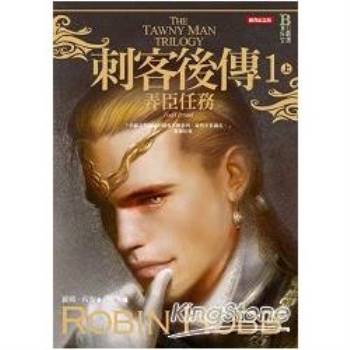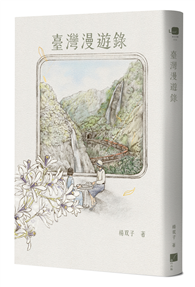This volume includes sources relating to a range of social and cultural contexts, including the proliferation of natural history crazes (ferns, aquaria, orchids, etc); debates about the social and environmental impacts of changing land use in town and country; debates about demographics, population, and resources inspired by Thomas Malthus; attempts to preserve landscapes (e.g., The Commons Preservation Society), debates about hunger, poverty, and disease in the countryside, particularly during the ’Hungry Forties’, and relating to the Captain Swing and Chartist disturbances; the rise of land Utopianism and rural Utopian community projects; the rise of new forms of rural leisure; aesthetic engagements with rural enviroments and new world travel; and debates about pollution (especially water pollution). The volume will also turn to a range of literary sources from the period prior to 1858 to illustrate the ways in which changing attitudes to environments emerged in fiction. These include extracts from Dickens’s early works, the hunting novels of R. S. Surtees, the social novels of Harriet Martineau, Charlotte Tonna, Charles Kingsley and Margaret Oliphant, John Ruskin’s environmental fairytale, ’The King of the Golden River’, chartist fiction, Victorian children’s fiction, and adventure novels.
| FindBook |
有 1 項符合
Environment and Ecology in the Long Nineteenth-Century: Volume II: Popular, Cultural, Social, Political, and Ecological Perspectives on Environment, 1的圖書 |
 |
Environment and Ecology in the Long Nineteenth-Century: Volume II: Popular, Cultural, Social, Political, and Ecological Perspectives on Environment, 1 出版社:Routledge 出版日期:2024-10-22 語言:英文 規格:精裝 / 651頁 / 普通級/ 初版 |
| 圖書館借閱 |
| 國家圖書館 | 全國圖書書目資訊網 | 國立公共資訊圖書館 | 電子書服務平台 | MetaCat 跨館整合查詢 |
| 臺北市立圖書館 | 新北市立圖書館 | 基隆市公共圖書館 | 桃園市立圖書館 | 新竹縣公共圖書館 |
| 苗栗縣立圖書館 | 臺中市立圖書館 | 彰化縣公共圖書館 | 南投縣文化局 | 雲林縣公共圖書館 |
| 嘉義縣圖書館 | 臺南市立圖書館 | 高雄市立圖書館 | 屏東縣公共圖書館 | 宜蘭縣公共圖書館 |
| 花蓮縣文化局 | 臺東縣文化處 |
|
|
圖書介紹 - 資料來源:博客來 評分:
圖書名稱:Environment and Ecology in the Long Nineteenth-Century: Volume II: Popular, Cultural, Social, Political, and Ecological Perspectives on Environment, 1
King of Kings: The Iranian Revolution: A Story of Hubris, Delusion and Catastrophic Miscalculation
Who’s Afraid of the Big, Bad Jew: Learning to Love the Lessons of Jew-Hatred
Theatres of the Body: Dance and Discourse in Antebellum Philadelphia
Theatres of the Body: Dance and Discourse in Antebellum Philadelphia
Russian Warfare in the 21st Century: An Incentive-Opportunity Intervention Model
Stranger-Kingship in Antiquity
Latin America and the World’s Fairs, 1867-1939
Recipe for Death: The Erin Patterson Story
Ghost Nation: The Story of Taiwan and Its Struggle for Survival
The Cambridge Companion to Marcus Aurelius’ Meditations
Who’s Afraid of the Big, Bad Jew: Learning to Love the Lessons of Jew-Hatred
Theatres of the Body: Dance and Discourse in Antebellum Philadelphia
Theatres of the Body: Dance and Discourse in Antebellum Philadelphia
Russian Warfare in the 21st Century: An Incentive-Opportunity Intervention Model
Stranger-Kingship in Antiquity
Latin America and the World’s Fairs, 1867-1939
Recipe for Death: The Erin Patterson Story
Ghost Nation: The Story of Taiwan and Its Struggle for Survival
The Cambridge Companion to Marcus Aurelius’ Meditations
|











